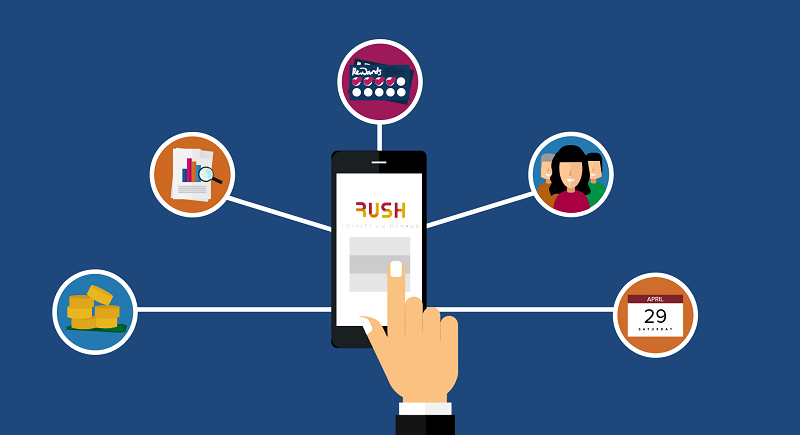Access to unprecedented amount of data is transforming the way businesses around the world make strategic decisions. Today, we can track just about anything; CTRs, browsing behavior, website visits, nearly every click, transaction, and engagement.
Forward-thinking companies are using this access to expand their frontier of value creation in generating results for lead generation, brand awareness, pricing, policy creation and a whole lot more.
Yet businesses and marketing campaigns still struggle to have success despite their leverage on the power of data. Why? Because there’s a person on the other side of each screen. Underneath the data and the analytics are real people, people who make decisions driven by emotion and feeling. Empathy is still the greatest tool in a marketer’s toolbox.
At its simplest, empathy is the ability to understand and share the feelings of others. Empathy and data should go hand-in- hand.
Do more with less
As advertisers, it’s only natural to feel the need to “own” every opportunity that comes our way. That’s just what we do. However, we should start thinking more like people and less like advertisers and empathize with our audience. Let’s start with something that we all value, it’s time.
When we use data to provide our target market with relevant ads, whether it’s camera for bloggers or laundry detergent for mothers, we are directly alleviating viewership frustrations. But we shouldn’t stop there. Viewers shouldn’t have to see the same ad multiple times, or what feels like forever for a page to load. Data also shows us that a 30-second pre-roll before 1 one-minute clip is not exactly a win-win situation.
Everyone’s time is precious. That’s something that we should all start to consider.
Storytelling or Storymaking?
Your marketing needs both. Storymaking may be the future of connecting brands to customers, but it doesn’t work without storytelling.
We look into spreadsheets and analytics as a safety net for our decisions, but numbers can never replace reality. More often than not, it’s the advertisers and brands who are doing all the talking. Today, your target audience wants to be part of the story. This is inclusive and collaborative and will appeal to those sharing their stories especially in the world of social media. Storymaking is now as important as telling a story. Communication as we all know, is a two-way street.
Content context
The foundation of every content should now be contextual. It’s a win for the brand, consumer and publisher. Contextual data powered by geolocation, time, as well as user preference is now available, more than ever. It is important to be cognizant of the changing browsing behavior and context of how consumers experience content: stuck in traffic during rush-hours or during wee hours in the morning when there’s nothing else left to do.
At the intersection of data, empathy and advertising is the user experience. It all boils down to that. It must be anticipated, envisioned and tested. Armed with data this should not be a problem, advertisers now know how to stay one step ahead of consumers but remember to add empathy to your marketing mix. Having one element is helpful. Having two is understanding.




